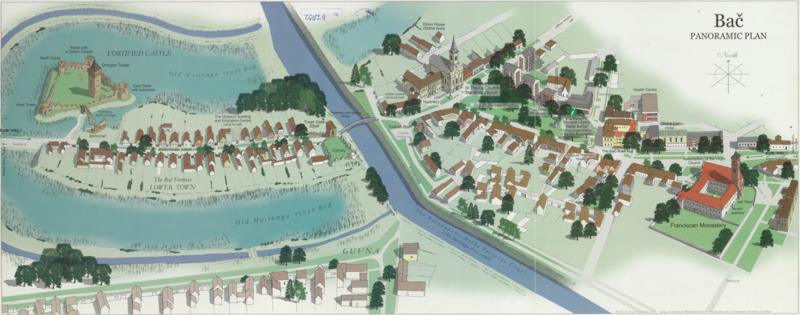Bač Fortress
The Bač Fortress is classified as a "water
town", with a defence system adapted to
marshy land. It consists of a fortified
castle and suburb, located on the river
Mostonga (the Danube tributary)
meander. A plane where the fortress is
located is a significant archaeological
site, a place that has been populated
uninterruptedly from the late Neolithic
period. The first building phase goes back
to the period between 1338-1342 and the
Hungarian King Charles Robert of Anjou.
From the mid 15th century, intensive
building activities start, adapting to new
warfare techniques and reinforcing the
southern boundary against the Turkish
invasions. In 1529 the Turks conquered
the fortress and were using it until the
year of liberation, 1868. In 1704, during
the Rakoczy rising, the fortress was
blasted, never to be restored again.
Images
